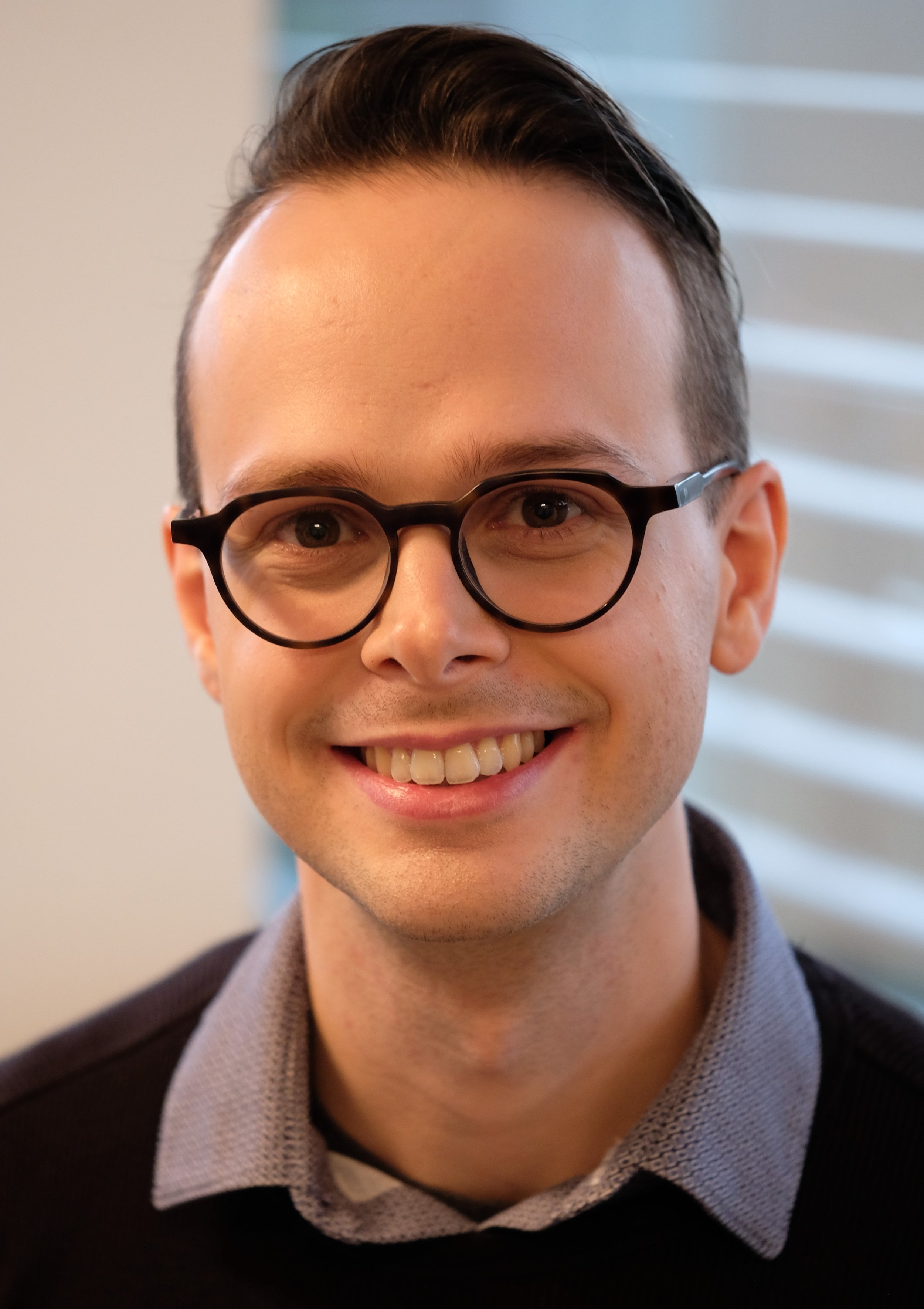Welcome!
My name is Pierre Gianferrara. I am a postdoctoral researcher in motor neuroscience at UC Davis in California. In my research, I study the computational and neural mechanisms of sensorimotor learning by combining behavioral analyses, computational modeling & neurophysiological techniques.
We are all familiar with motor skill acquisition in the everyday, whether it be through cooking, driving, playing a sport, or playing a musical instrument. In my Ph.D. work, I studied how people acquire complex skills in video games. Under the supervision of Dr. John Anderson, I designed measures of cognitive and motor skill that account for the different aspects of sensorimotor learning in variants of the Space Fortress video game. I then investigated the neural correlates of skill acquisition with electroencephalography (EEG), electromyography (EMG), and functional magnetic resonance imaging (fMRI).
As a postdoctoral scholar, I am expanding the study of sensorimotor learning mechanisms to the realm of health. I am comparing behavioral and neural patterns across healthy controls and patient populations using behavioral, eye-tracking, EEG, and fMRI analyses. In one of my projects, I have been collaborating with clinicians from the Department of Psychiatry to investigate corollary discharge impairments in patients with psychosis using eye-tracking and a custom decision-making computational modeling framework in a visual perception task. Such framework is currently being used to unravel the neuronal circuitry underlying corollary discharge impairments in psychosis. In another postdoc project, I have been collaborating with engineers from the Mechanical and Aerospace Engineering department at UC Davis to investigate the neural basis of motor control in children with a unilateral congenital below-the-elbow deficiency (UCBED). Previous research has shown that patterns of muscle deformations recorded with ultrasound can reliably be used to decode motor intent across a range of hand grasp patterns, even in UCBED children’s affected limb. We are now using fMRI to go one step further and uncover the underlying brain mechanisms responsible for motor control.
In the next step of my career, I would like to work at the intersection of programming and neuroscience to design innovative technology solutions and am particularly interested in exploring the bridge between research and industry. One specific interest of mine is neurorehabilitation. In the long-term, I would like to use my computational modeling skills and video game learning experience to design a neurorehabilitation training program for traumatic brain injury survivors. I envision such project to involve collaborations between software engineers and neuroscientists.
